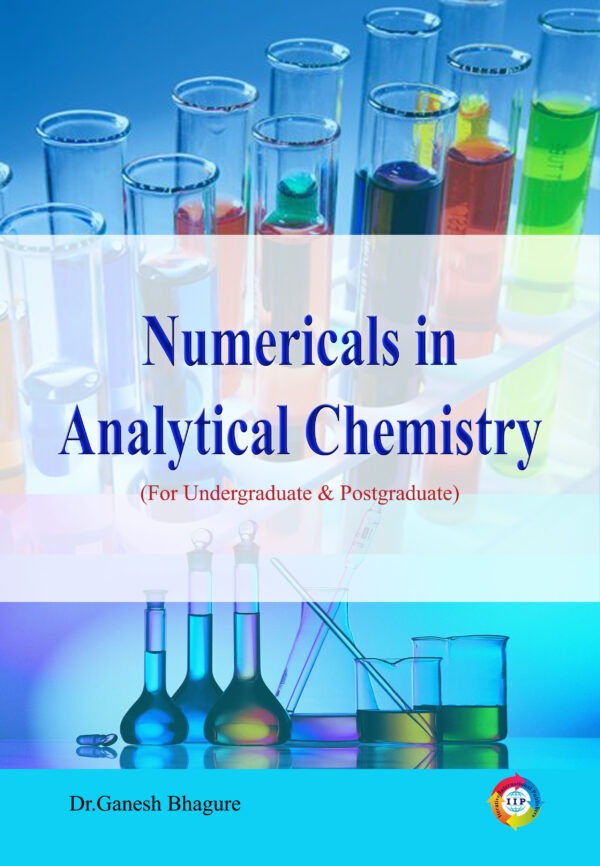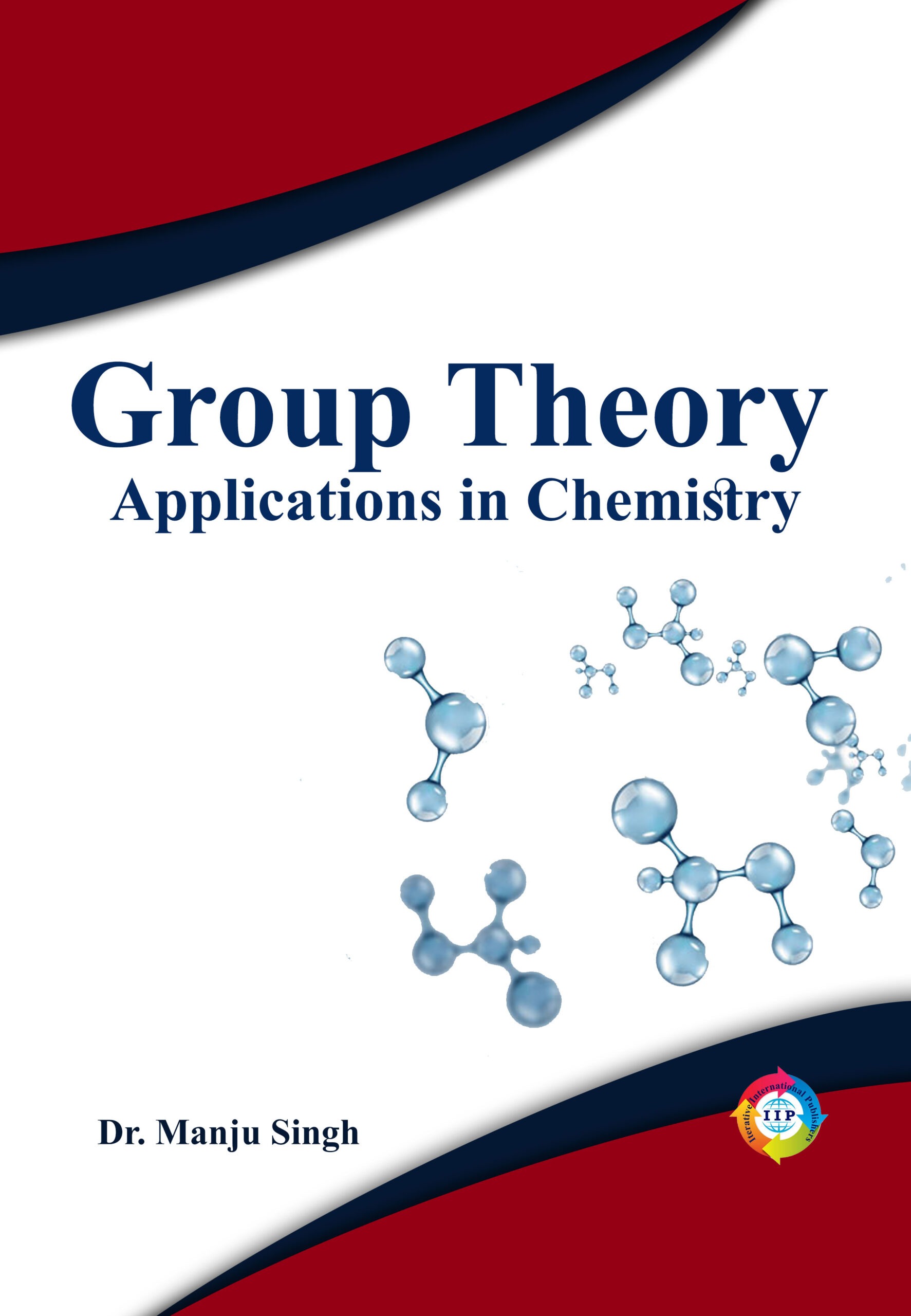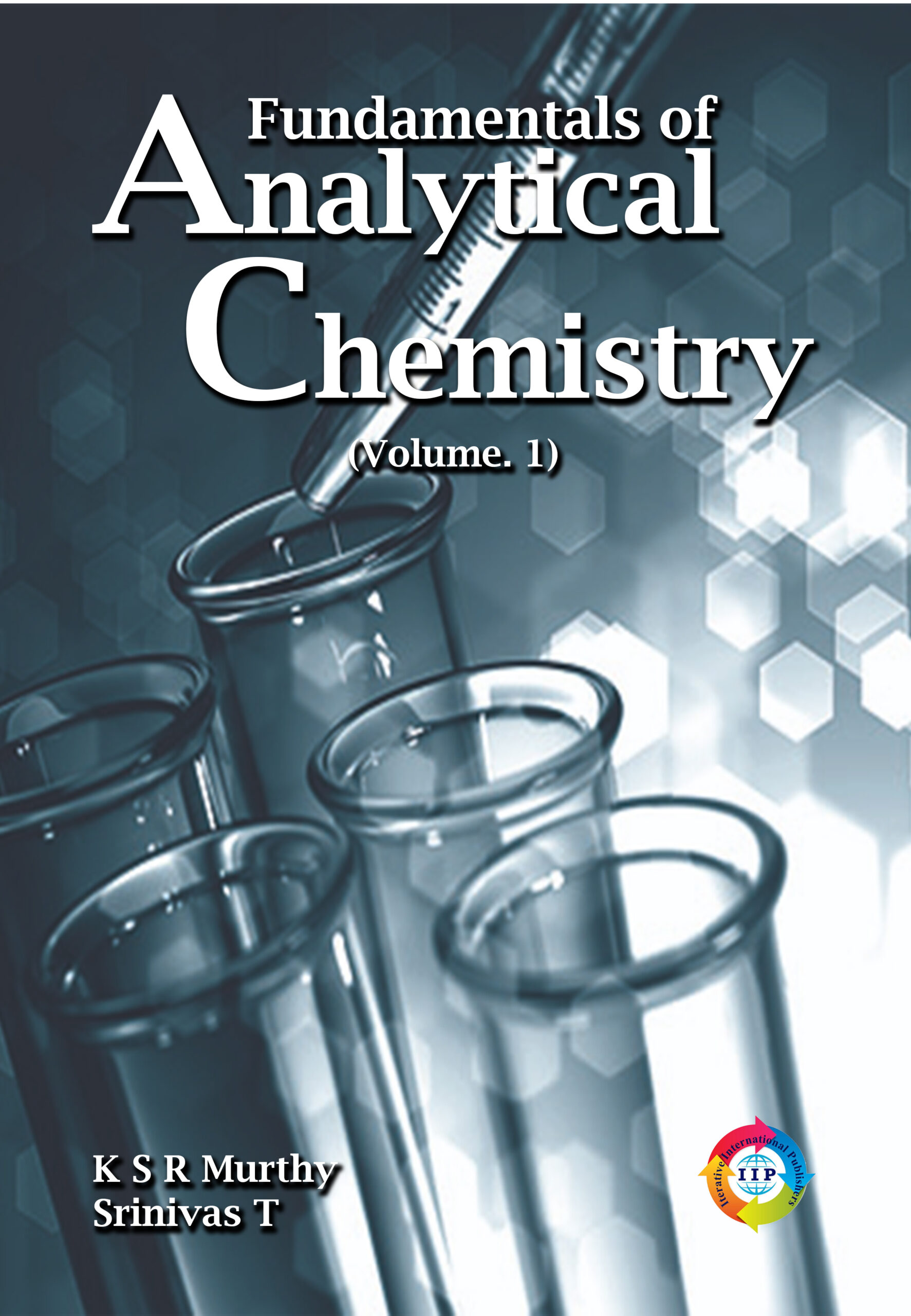This book is prepared for undergraduates, postgraduates and faculty members who are interested in learning qualitative and quantitative aspects of Analytical techniques.
Comprehensive revision of fundamentals of Analytical techniques was taken into account while writing this book. You will find key aspects of numericals based on measurable property by an analytical technique with reference to concentration.
The present book has the following features: Appropriate units and significant figures are used in all solved numericals. In the beginning essentials required to understand concentration systems are discussed at length in Chapter-1. You will find how mass and volume contributes in the concentration system which is illustrated with a good number of Numericals in the Chapter-2, followed by the concentration system for which a very dilute solution is discussed in Chapter-3. Chapter-4 attempts to show Stoichiometry of chemical reactions wherein you will find quantitative relation between the reactants and products with solved numericals of different categories.
An attempt has been made to explain the concept of pH and Solubility product with an adequate number of solved numericals in the ensuing chapters.
This book also covers the basics and fundamentals required to treat analytical data which is produced through estimation, determination and analysis of samples using Analytical Instruments which is very well exercised in Chapter-8. Chapter-9, presents a balanced view while learning chemical methods, wherein solved numericals based on titrimetric and gravimetric methods will enable students to understand chemicals methods.
The percentage composition of elements and purity of chemical compounds can be understood through solved numericals from the Chapter-9. Chapter-10 talks about quantitative electrochemistry and its application in calculating various parameters which enables to understand the quantitative relationship between electrical property and concentration. Electrolysis and its quantitative application are explained with the help of solved numericals in the Chapter entitled, Polarography.
Sample contains analyte and matrix; matrix always interferes in the analysis of an analyte; this is demonstrated with the help of Separation techniques. The essential features of optical methods and its quantitative relation between concentrations is illustrated with the solved numericals in the chapter UV and Visible spectroscopy.
The main object of this book is to encourage the students to solve numericals of different categories which will generate interest in learning Analytical Chemistry.
Extensive Appendices are included at the end of this book. This will be helpful to each one of us as a ready reckoner to calculate various quantities.
I am confident that the students would like and also appreciate the way numericals are given with fundamental concepts. I also hope that our teacher friends would receive the first edition of this book with open minds and would give suggestions for improvement.
I wish to express my deep gratitude and sincere thanks to Hon. Shri Kamlesh Pradhan, Secretary Dnyanasadhana, and Principal Dr.C.D. Marathe, Satish Pradhan Dnyanasadhana College, Thane. I wish to record my sincere gratitude to my college Teacher and Research Guide Dr. S.R. Mirgane, Head, Department of Chemistry, J.E.S. College, Jalna.
A special note of thanks to my life partner, Mrs. Vandana, who encouraged me to write this book. I wish to thank all members of Bhagure family and friends who have supported me in all my academic endeavours.









Reviews
There are no reviews yet.